‘Panopticon*
Smart Cities :
Western Urban
Impossible ‘Dérive’
In the context of Smart Cities,
the association of free-will and public space tend
to appear almost antinomic. In our perfectly designed urban environment,
how can one still claim being in total possession of its intentionality?
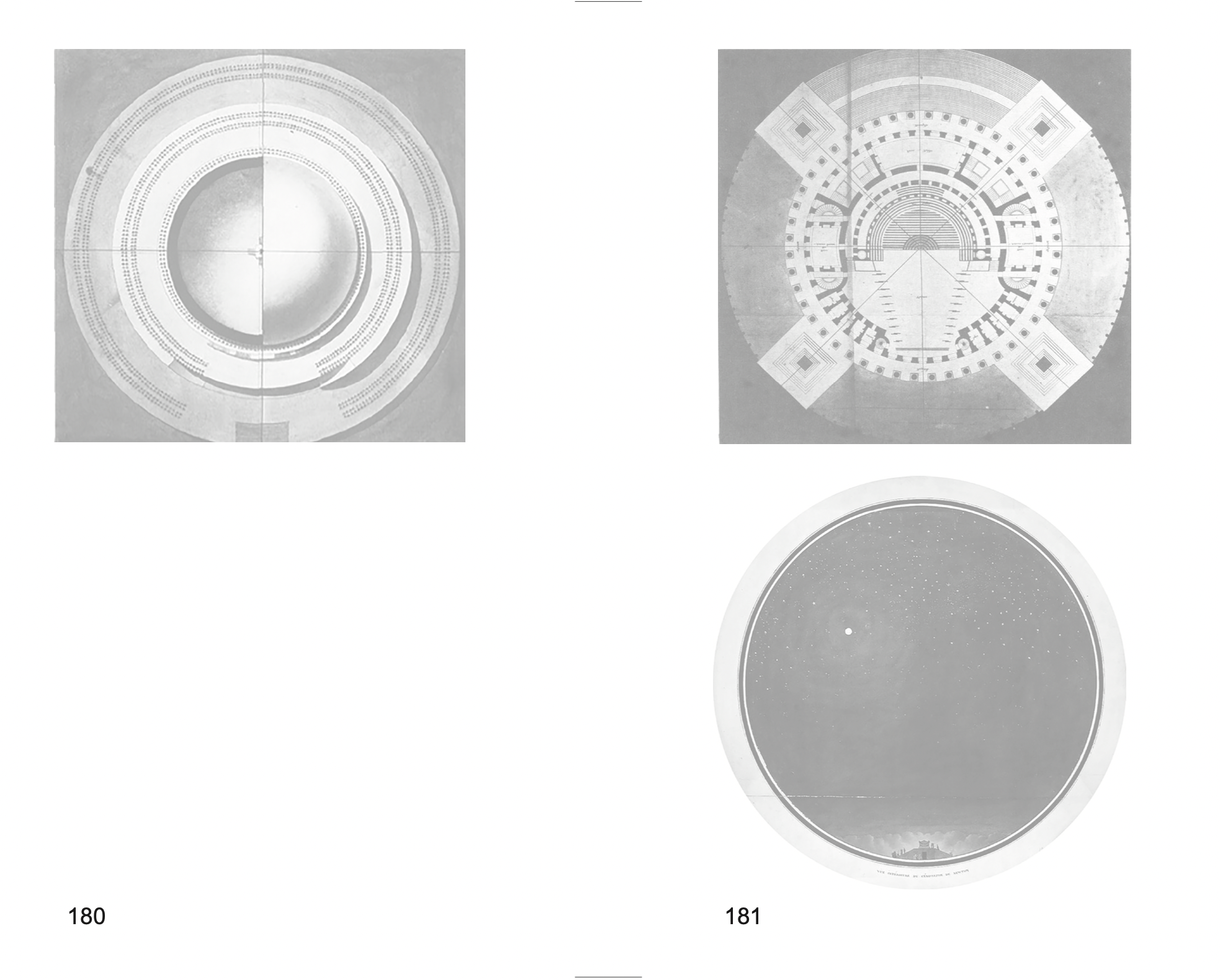
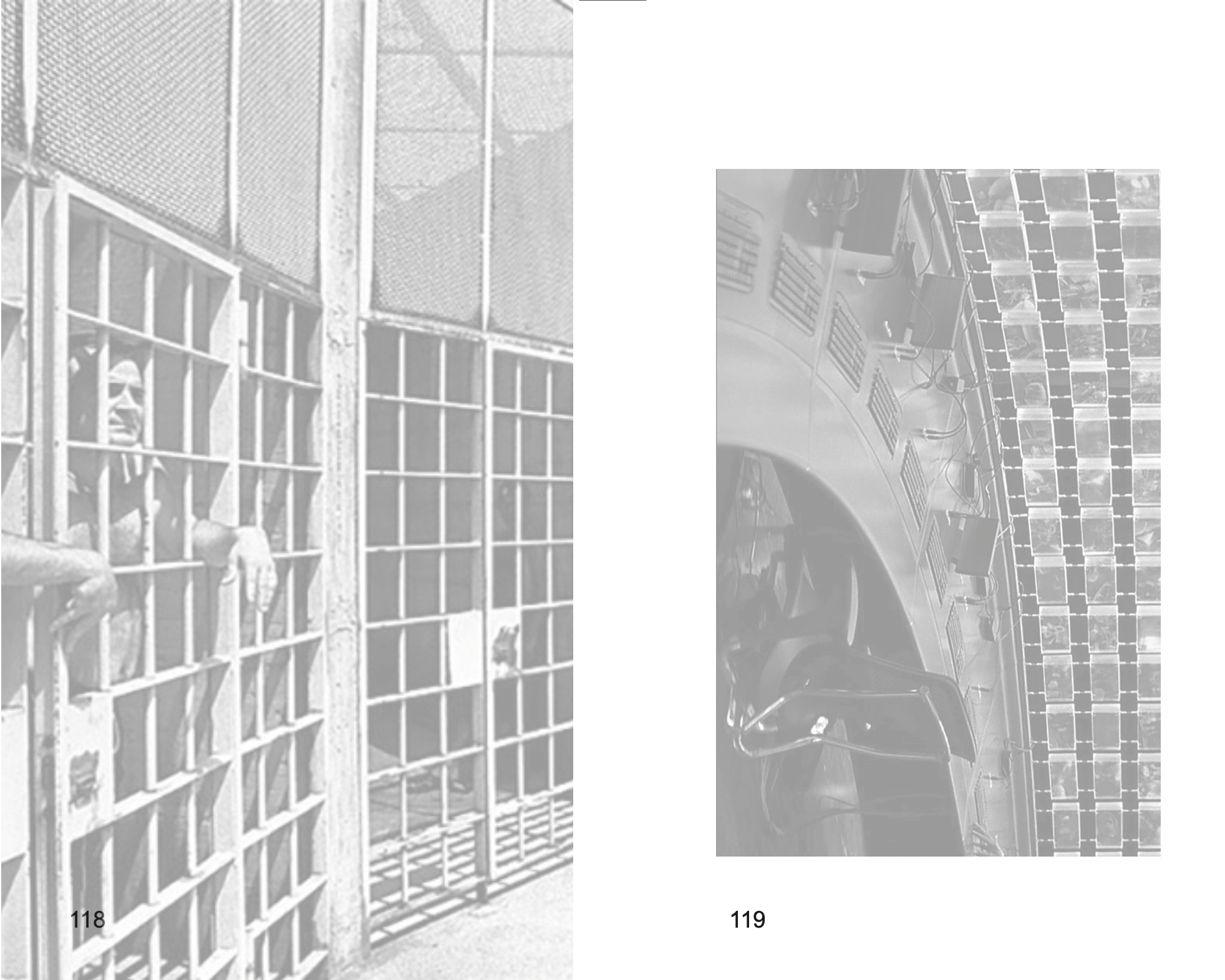

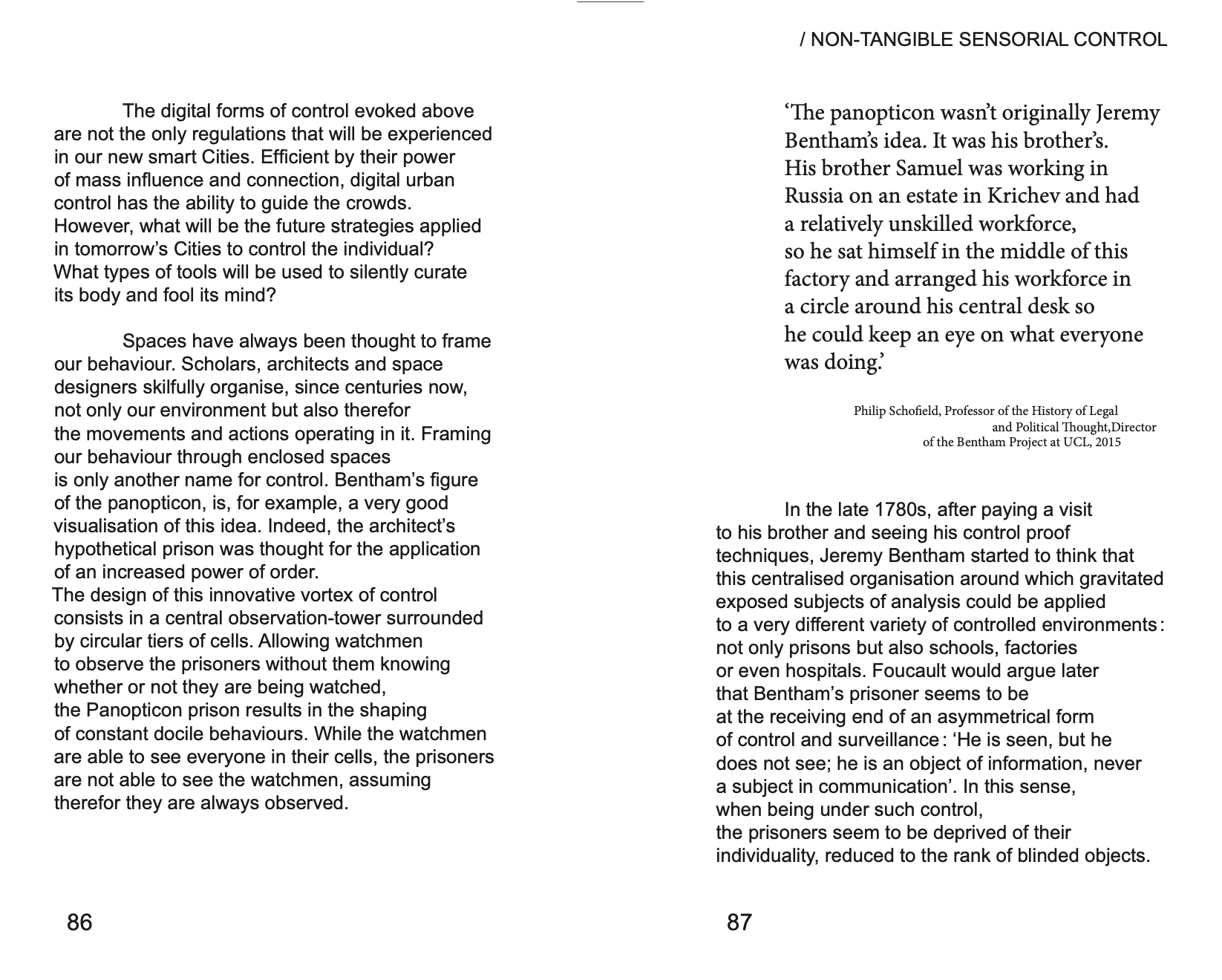


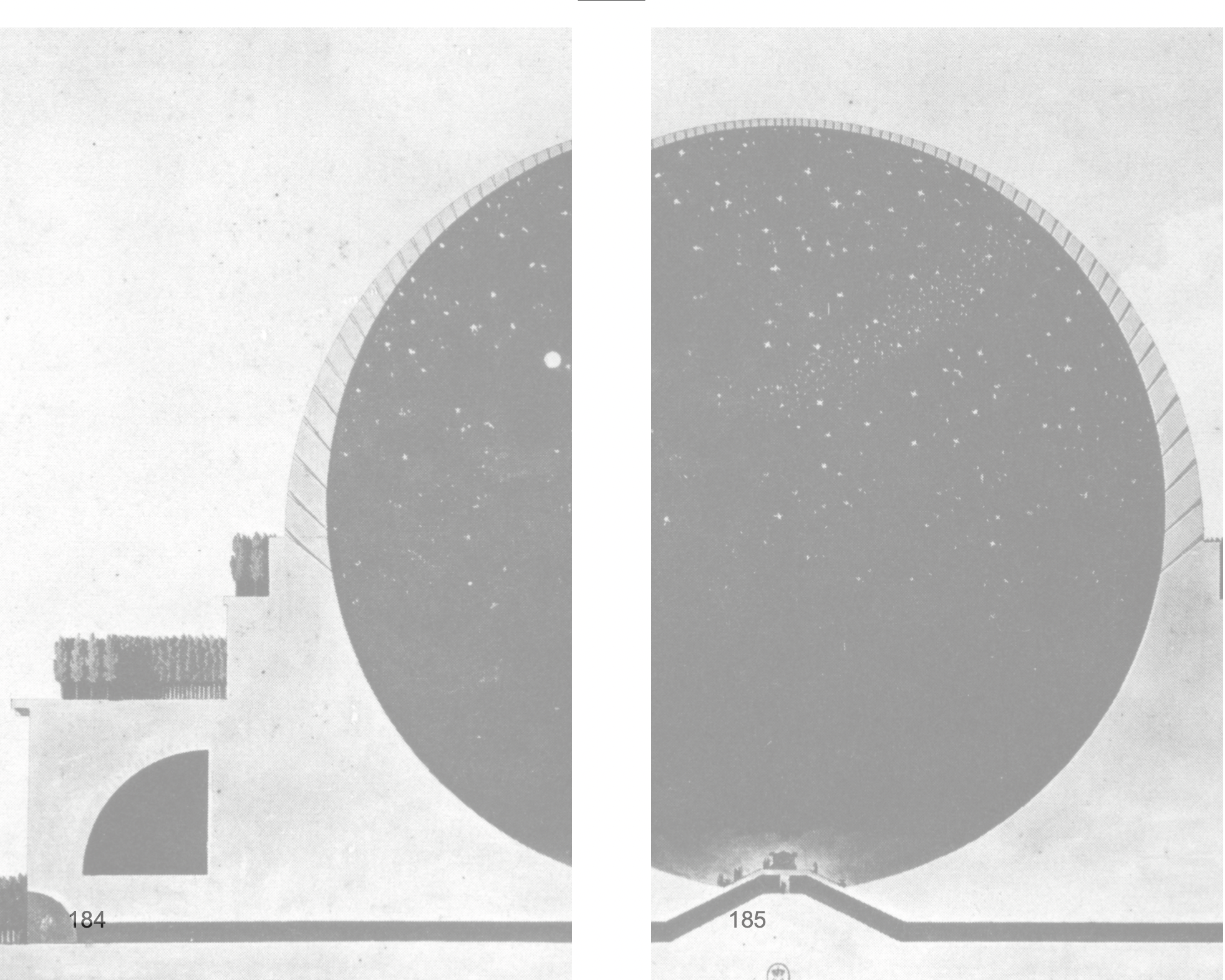
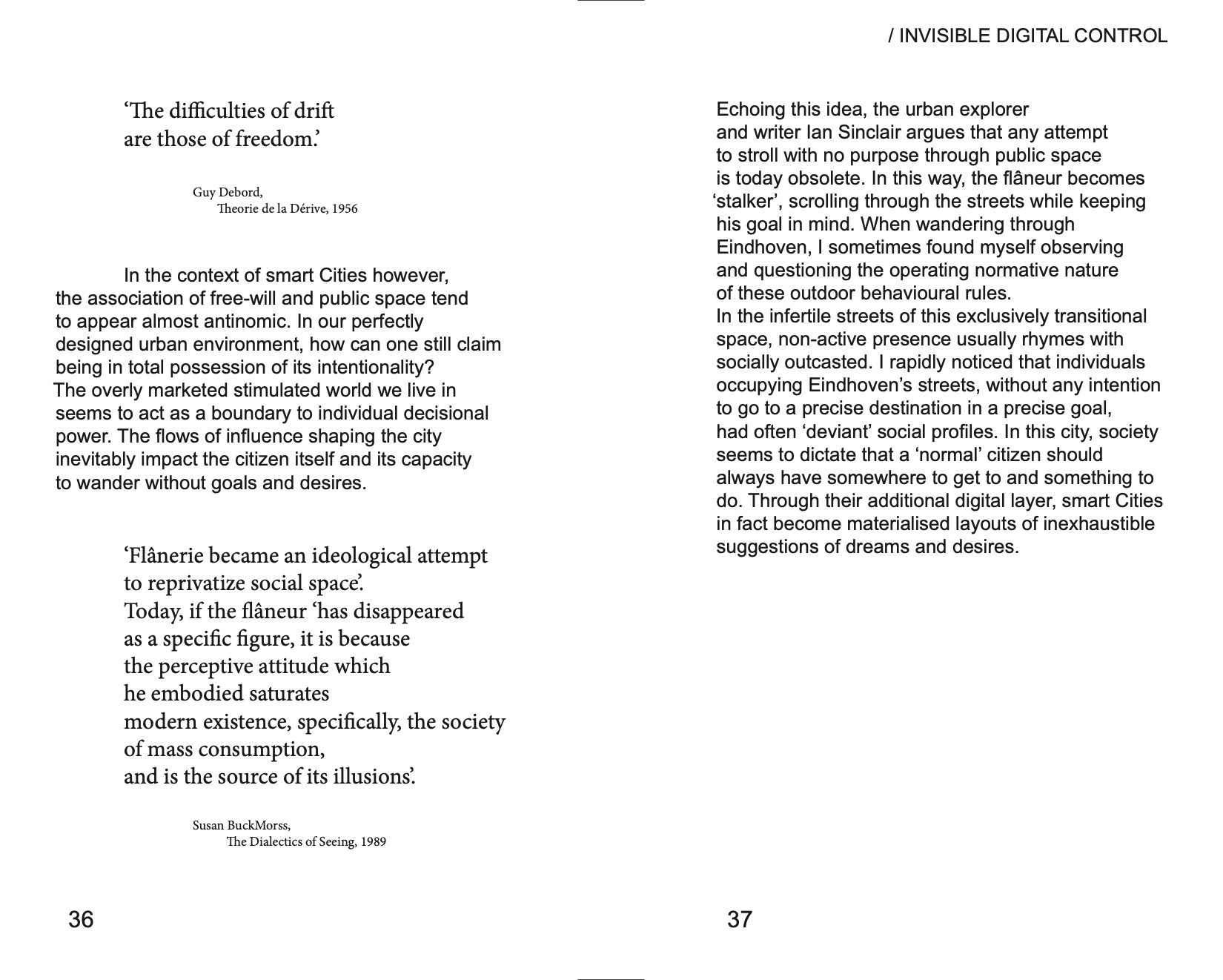
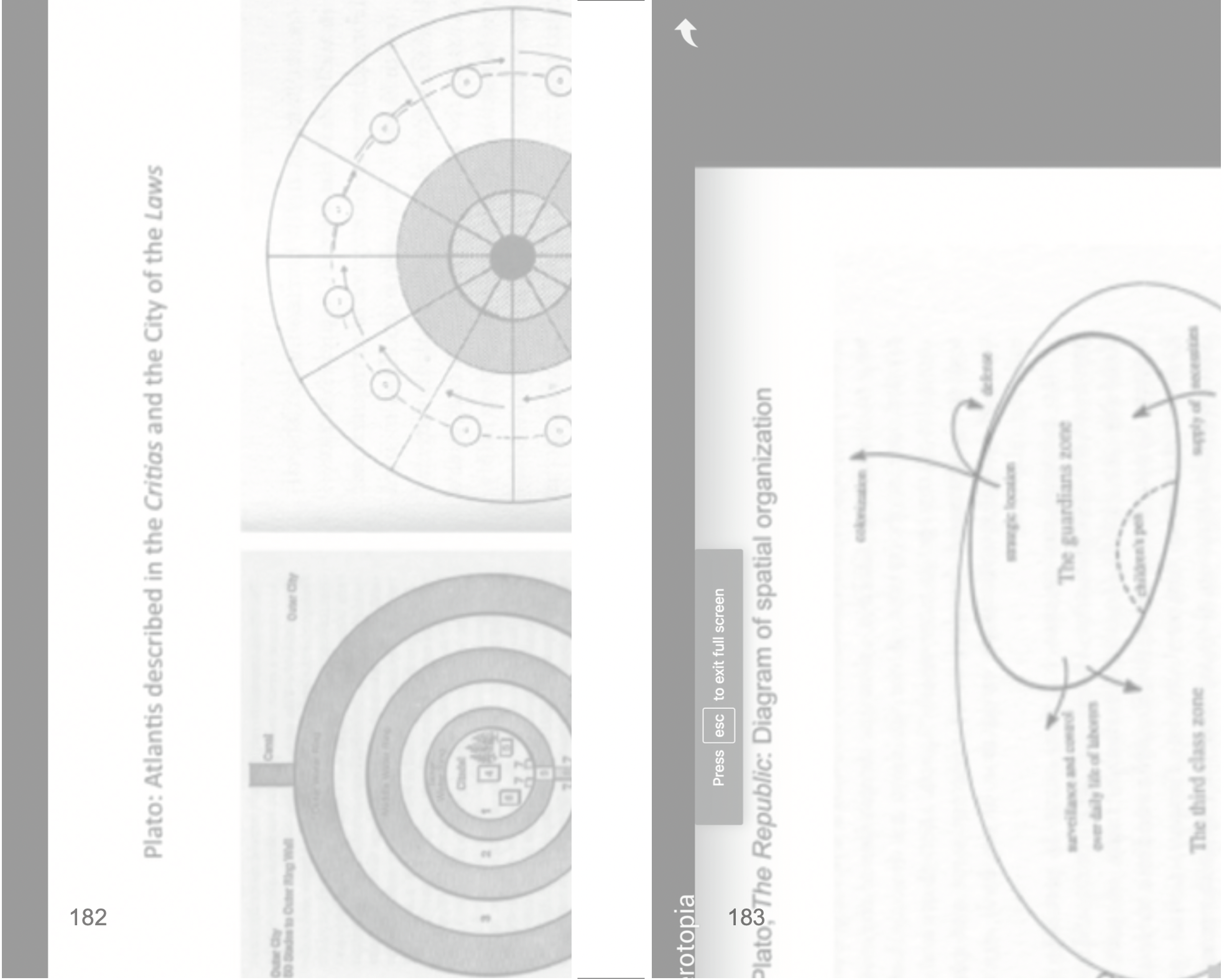

‘The difficulties of drift are those of freedom.’
Guy Debord,
Theorie de la Dérive, 1956
The overly marketed stimulated world we live in seems to act as a boundary to individual decisional power. The flows of influence shaping the city inevitably impact the citizen itself and its capacity to wander without goals and desires.
The french situationist notion of ‘dérive’,
in english ‘drift’, is an innovative process originally put forward by Guy Debord, a member
of the Letterist International,
in the ‘Theory of the Dérive’ (1956). Debord defines the dérive as ‘a mode of experimental behaviour linked to the conditions of urban society : a technique of rapid passage through varied ambiances’.
It is an unplanned journey through a known urban landscape, in which participants drop their everyday routine and ‘let themselves be drawn by
the attractions of the terrain and the encounters
they find there’.
Flânerie became an ideological attempt to reprivatize social space’.
Today, if the flâneur ‘has disappeared
as a specific figure, it is because the perceptive attitude which he embodied saturates modern existence, specifically, the society of mass consumption,
and is the source of its illusions’.
Susan BuckMorss,
The Dialectics of Seeing, 1989
* The design of Bentham’s innovative vortex of control
consists in a central observation-tower
surrounded by circular tiers of cells.
Allowing watchme to observe the prisoners without them knowing
whether or not they are being watched, the Panopticon prison results in the shaping
of constant docile behaviours.
While the watchmen are able to see everyone
in their cells, the prisoners are not able to see the watchmen,
assuming therefor they are always observed.
‘Over-Regulations:
the Desertion of Publicness*
in Western Urban Spaces’
Zoom-in research on the increasing regulations exerced by states’
‘extrastatecrafts’ (other ruling powers and cities’
organising structures) in western physical public space.
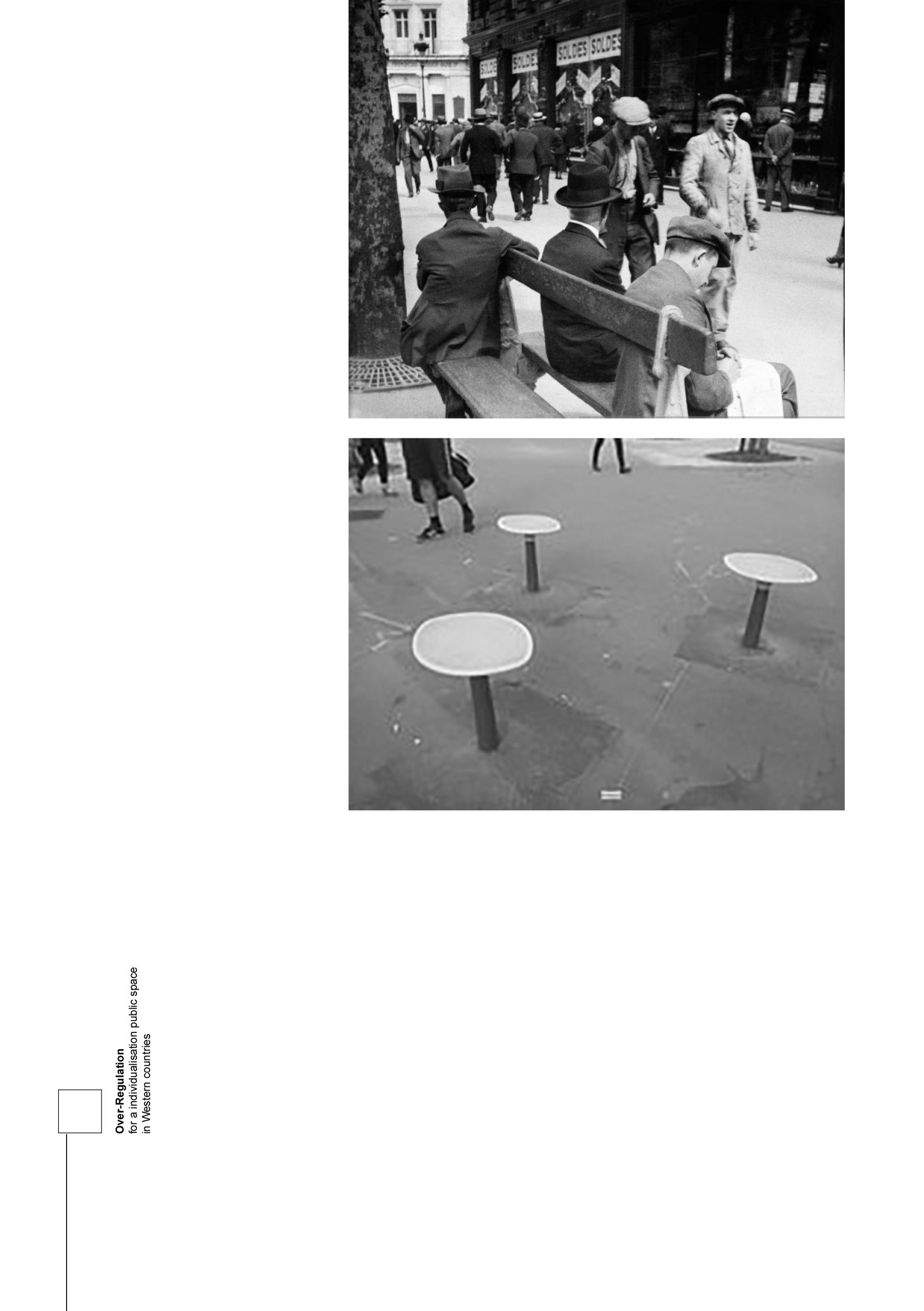
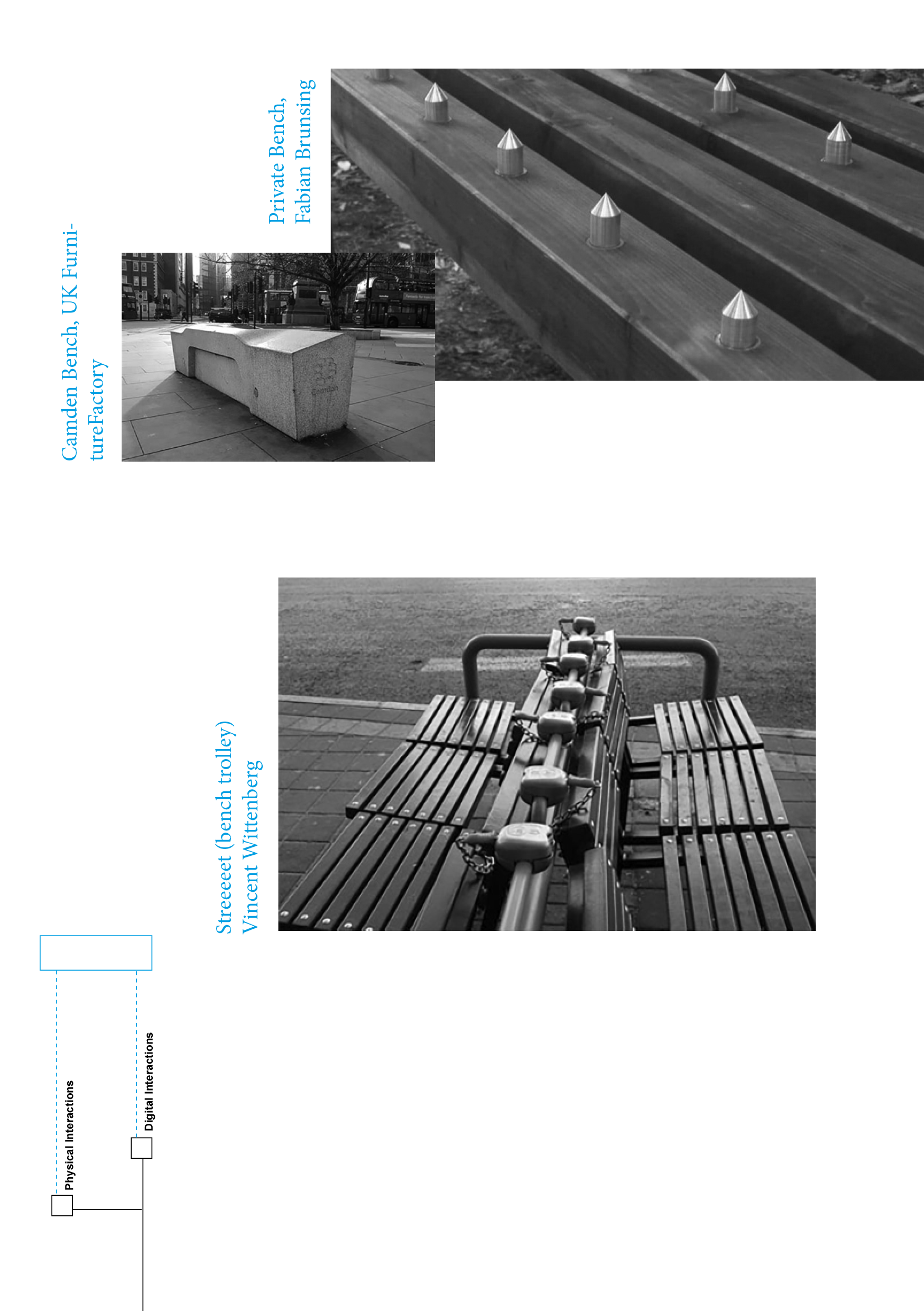
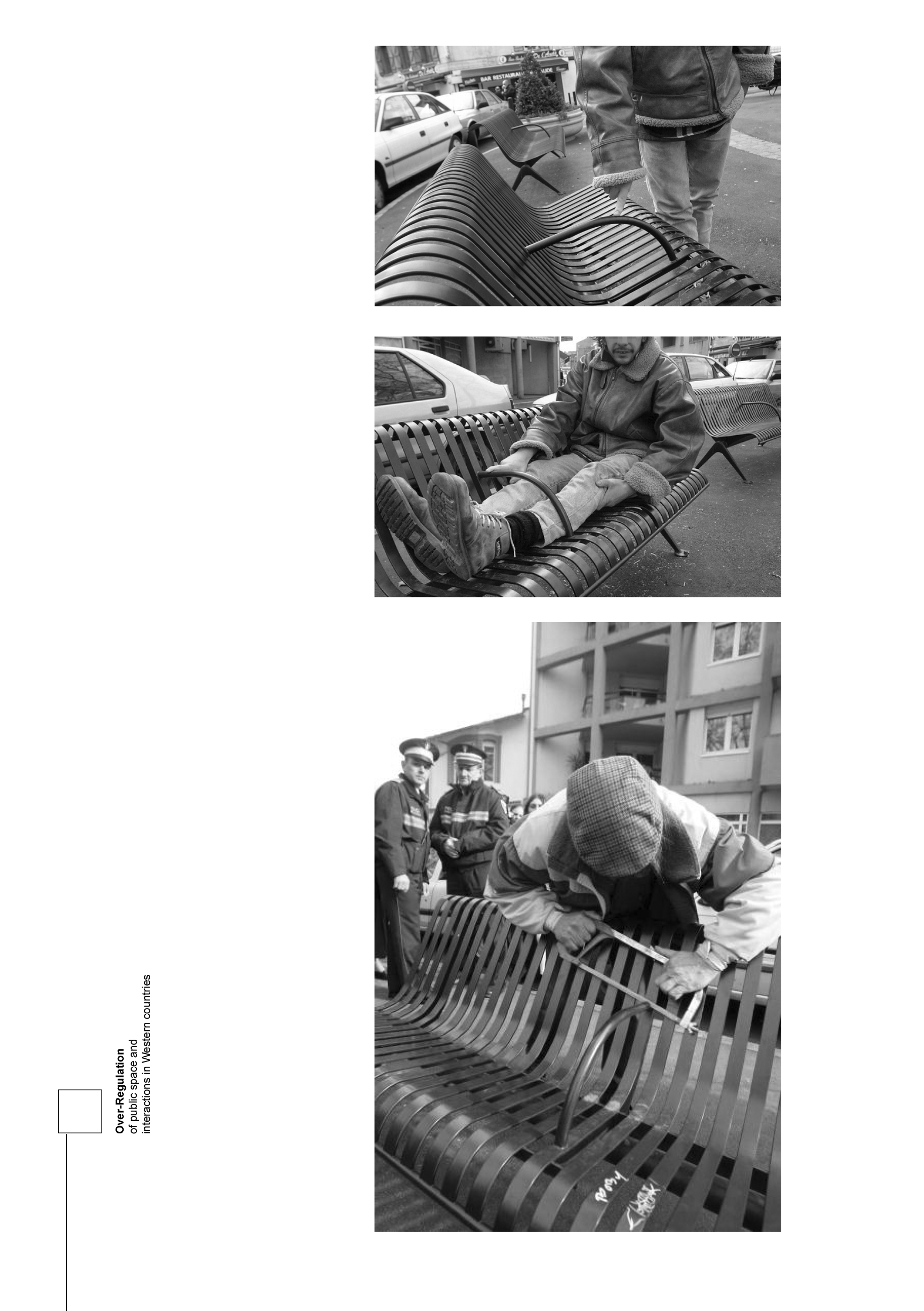
*Publicness is made by the overlapping encounters and exchanges
between people that act in it. The publicness of a space is made by its’ public interactions.
In this research, the term ‘publicness’ designates places witnessing and organising socio-cultural values of interactions, becoming social-exchange infrastructures.
between people that act in it. The publicness of a space is made by its’ public interactions.
In this research, the term ‘publicness’ designates places witnessing and organising socio-cultural values of interactions, becoming social-exchange infrastructures.
Urban furniture and urban public space infrastructures
are shaped against any possibilities of it’s collective spontaneous appropriation. There is a clear shift from what urban ruling power considered as city public to target groups. ‘The fate of groups is bound up with the words that designates them’. (Bourdieu 1984)
are shaped against any possibilities of it’s collective spontaneous appropriation. There is a clear shift from what urban ruling power considered as city public to target groups. ‘The fate of groups is bound up with the words that designates them’. (Bourdieu 1984)
‘Suspended Gestures’
This piece of research aims to explore the effects
and manifestations of social media networks on body-behaviour
in an urban physical context. < 2019
Urban publicness seems today to be deprived from hosting our main interactions.
The virtual realm, on the other hand, becomes our main interaction and communication reality.
In fact, it feels that it takes such a big part of our everyday life that it can be observed
manifesting itself back into the physical realm.
The virtual realm, on the other hand, becomes our main interaction and communication reality.
In fact, it feels that it takes such a big part of our everyday life that it can be observed
manifesting itself back into the physical realm.
What kind of manifestations social medias operates on one’s body in the city?
Does it influence and shape our gestures and tangible behaviours in an urban context?
What is the place in our physical reality of a gesture determined in its intention by the digital wolrd? When reality is also digital, what is left of our physical and tangible bodies?
Does it influence and shape our gestures and tangible behaviours in an urban context?
What is the place in our physical reality of a gesture determined in its intention by the digital wolrd? When reality is also digital, what is left of our physical and tangible bodies?

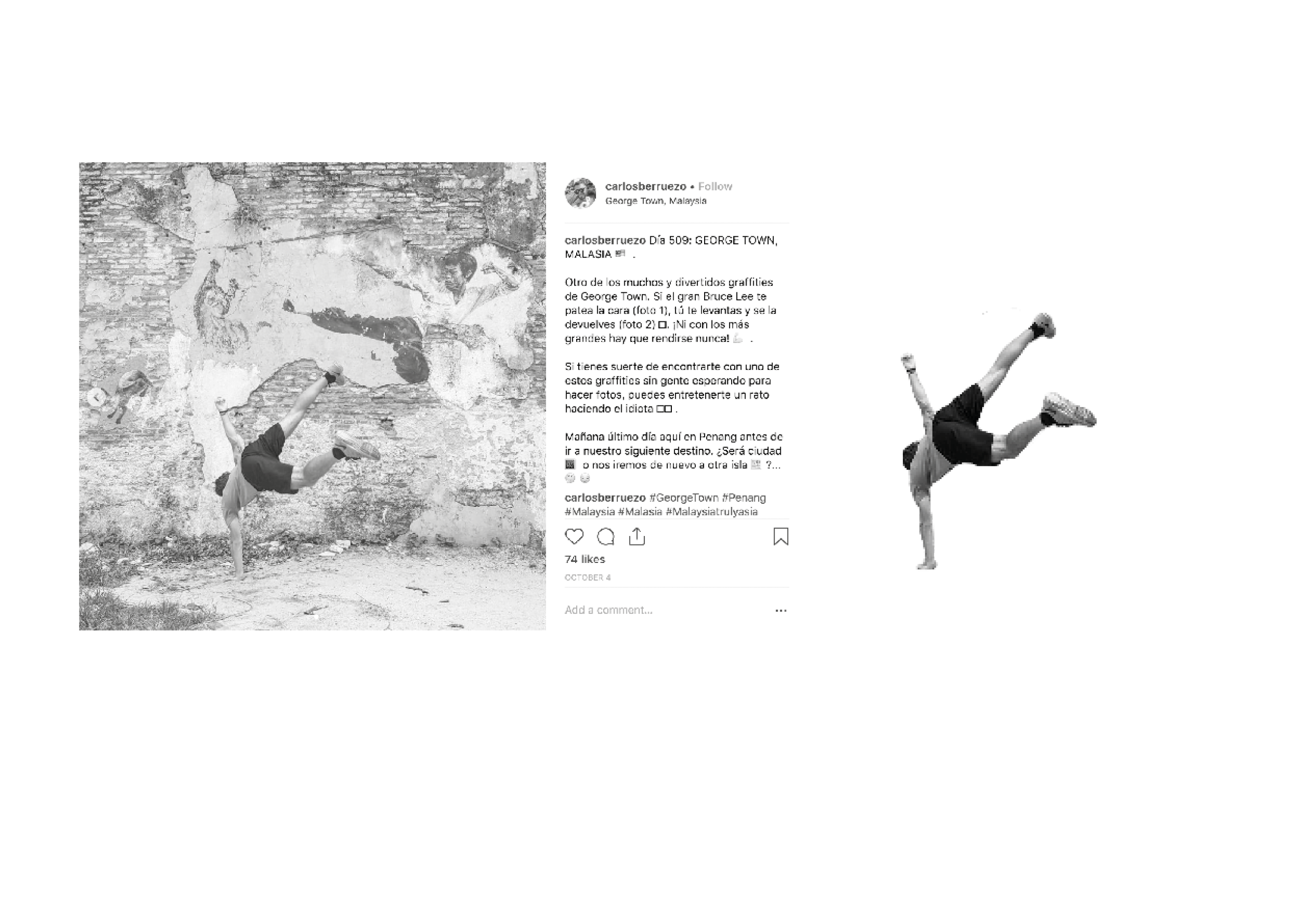




Urban publicness seems today to be deprived from hosting our main interactions.
The virtual realm, on the other hand, becomes our main interaction and communication reality.
In fact, it feels that it takes such a big part of our everyday life that it can be observed
manifesting itself back into the physical realm.
The virtual realm, on the other hand, becomes our main interaction and communication reality.
In fact, it feels that it takes such a big part of our everyday life that it can be observed
manifesting itself back into the physical realm.
What kind of manifestations social medias operates on one’s body in the city?
Does it influence and shape our gestures and tangible behaviours in an urban context?
What is the place in our physical reality of a gesture determined in its intention by the digital wolrd? When reality is also digital, what is left of our physical and tangible bodies?
Does it influence and shape our gestures and tangible behaviours in an urban context?
What is the place in our physical reality of a gesture determined in its intention by the digital wolrd? When reality is also digital, what is left of our physical and tangible bodies?